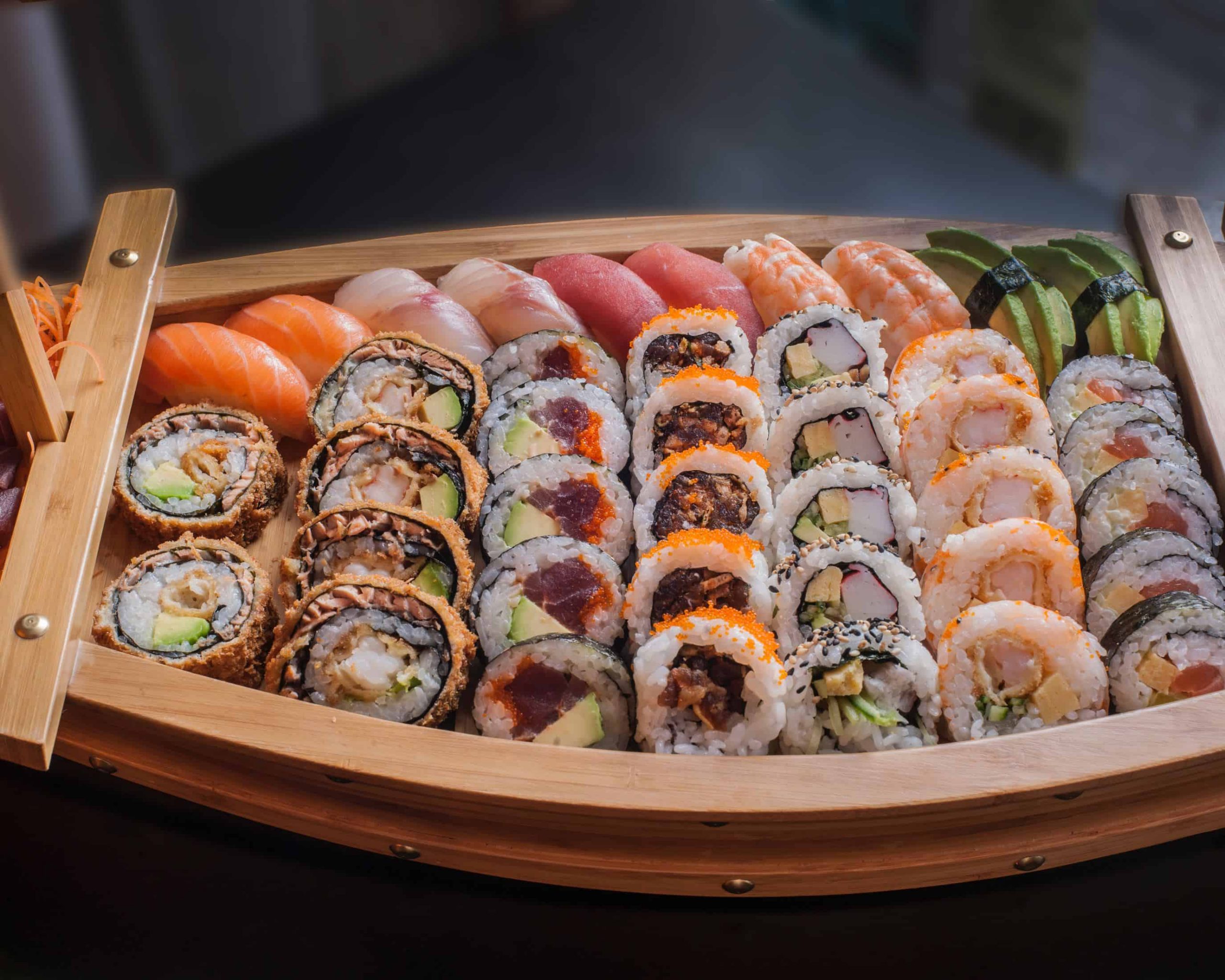Japanese cuisine is, no doubt, one of the most popular in the world. Every top gastronomic destination in the world boasts Japanese restaurants that are loved by both locals and tourists. Take Paris, for example, despite being the world’s gourmet capital and the home of elegant French cuisine, it is saturated with Japanese restaurants. Reports reveal that it currently has over 700 Japanese restaurants.
And when it comes to Japanese cuisine, one of the stars, if not the leading star, is tuna or maguro. The king of fish is prepared in a number of ways in Japanese cuisine because of its beautiful texture and flavor. Get to know more about tuna and why it’s an important and favorite ingredient in Japanese cooking.
Tuna Fact 1: Different factors determine the flavor of tuna.
According to the tuna experts of Tsukiji Market and Japanese chefs, three factors determine how tuna tastes:
1. The cut
There are three types of tuna meat used for Japanese cooking. You have oo-toro, which is the fatty meat of tuna, akami, which is the red meat, and the chu-toro or the mildly fatty meat of tuna.
2. The season
The season when the fish was caught also impacts the taste of the meat. Many believe that this is due to the different temperatures of the water and the food that’s accessible to the fish. The most delicious tuna are usually those caught in the spring and summer when waters are warmer.
3. Where the fish is caught
The location where the tuna is caught also affects its flavor for the same reasons the seasons impact the quality of the flesh. Tuna caught in warm waters is always tastier, whether it’s yellowfin (what’s canned and processed usually), bigeye, longfin, or Pacific bluefin.
Tuna Fact 2: Frozen tuna often has better quality than freshly caught tuna.
According to tuna brokers, the main difference between fresh tuna and frozen tuna is how frozen tuna is usually caught at the best time and place. Also, with the advanced freezing technology used these days, freezing the fish at -60 degrees Celsius preserves the fattiness of the fish.
Therefore, if you find yourself eating maguro sushi in Abu Dhabi, it’s likely that your sushi came from frozen maguro, which is top-quality tuna.
Tuna Fact 3: Pacific Bluefin tuna is the most expensive in the market.
This kind of tuna swims across the Pacific Ocean — from the waters of Japan to California. It’s hard to catch because its firm body allows it to swim at high speeds.
The difficulty of catching Pacific Bluefin tuna paired with its plump and juicy meat makes it the priciest tuna for sushi and sashimi.
Tuna Fact 4: The fattier the tuna, the more umami it has.
The oo-toro meat is usually the most expensive cut. You can see a light membrane around it, which is a layer of fat that makes the meat soft and flavorful. Fat in tuna makes all the difference, just like it does with steak. The best steak is always the cut laced with more fat, which offers a softer texture and extra flavor; the same principle applies to tuna cuts.
Tuna Fact 5: Piercing tuna diminishes its value.
Careful handling is a must for tuna that will be delivered to the best Japanese restaurants. Piercing is a big no-no during the auction and preparation process because this lowers the value of the meat. Therefore, vendors use special techniques and tools for cutting, such as a precision cut electric saw and different sizes of blades.
Tuna Fact 6: Tuna wholesalers also often work as maguro coordinators.
Expert tuna wholesalers are able to pick the best slices of tuna for the sushi rice used by restaurants. They know how the cuts taste and how well they will go with the distinct texture, acidity, and sweetness of the sushi rice.
Tuna Fact 7: It’s best to eat maguro sushi by hand.
Take a cue from top sushi chef Yosuke Imada — the best way to eat tuna sushi is by picking it up with your thumb and middle finger. The best Japanese food is rarely super-fancy and eaten in the most comfortable way. If you struggle with chopsticks, ditch them if you’re going to eat maguro sushi.
Tuna Fact 8: Traditional maguro sushi is marinated in soy sauce.
Marinating tuna in soy sauce remains to be a practice in authentic Japanese restaurants for maguro sushi. This does away with the need to dip during the meal.
Marination provides the fish with a delightful layer of saltiness to enhance the natural, subtle flavor of the tuna. Marinating the tuna in soy sauce also improves the texture of the meat — it becomes softer and easier to chew.
Tuna Fact 9: In tuna auction sites, buyers study the tail cuts, belly, and gills.
These parts reveal so much about fish quality, which determines its market value. As mentioned earlier, if the inner meat is light, the higher is its value because the light color indicates the amount of fat the fish has.
Also, if the meat feels firm when rubbed and it doesn’t have a strong funky aroma, these indicate freshness. If the meat doesn’t fray when caressed and your hands don’t smell too fishy, these mean that it hasn’t been a long time since the fish was first taken out of the water.
Tuna Fact 10: All cuts of maguro can be used in Japanese cuisine.
Although it is not traditional practice to use all the parts of the tuna, new Japanese restaurants have been successful in developing Japanese recipes that make use of the collar, throat, and tail.
The collar, for instance, is not just flavorful; it also has a succulent layer of fat, which makes the meat perfect for deep-frying. The same goes for the tail, which has firm meat. It makes for a tasty steak or small “ham.” It’s even rich in collagen, which is good for the skin.
Indeed, tuna is an excellent and necessary component of Japanese cuisine. So, the next time you treat yourself to sushi, sashimi, or any dish that uses maguro, hopefully, you’ll have a better appreciation for it because of all the facts shared above.
AUTHOR BIO
Chiara Bisignani is the F&B Marketing Executive at Saadiyat Beach Club. She oversees website maintenance, PR requests, marketing initiatives, and all general guests’ inquiries for the company’s destinations of KOI Restaurant & Lounge, Boa Steakhouse, and Caramel Restaurant and Lounge in Abu Dhabi.









Leave a Reply
You must be logged in to post a comment.